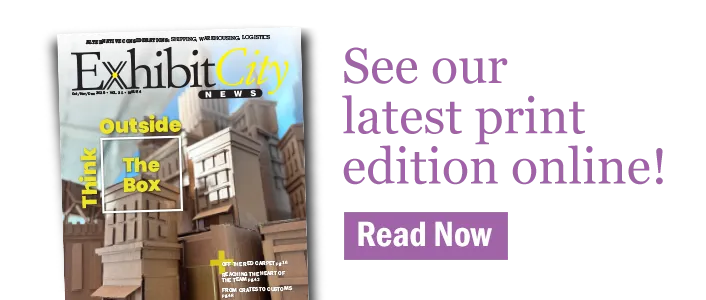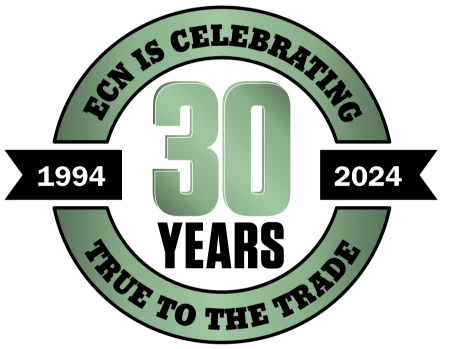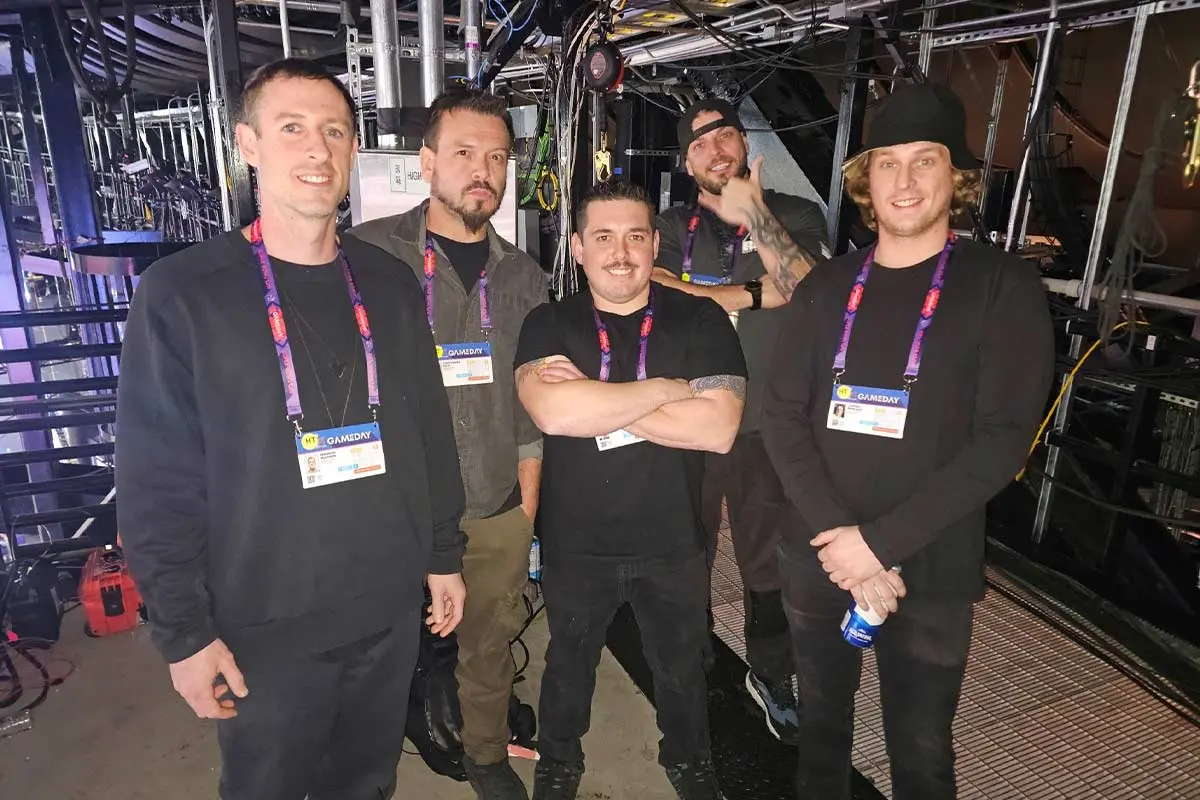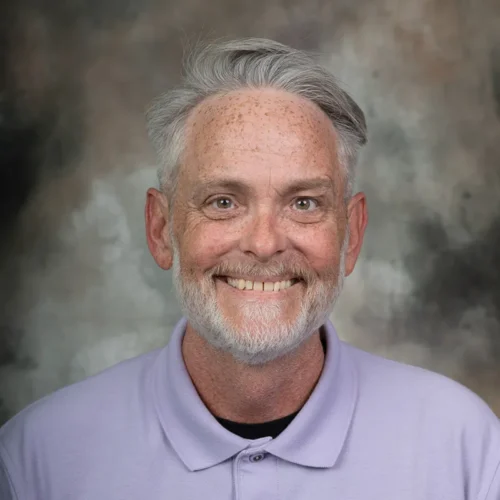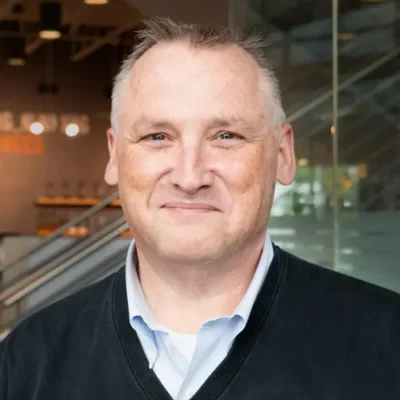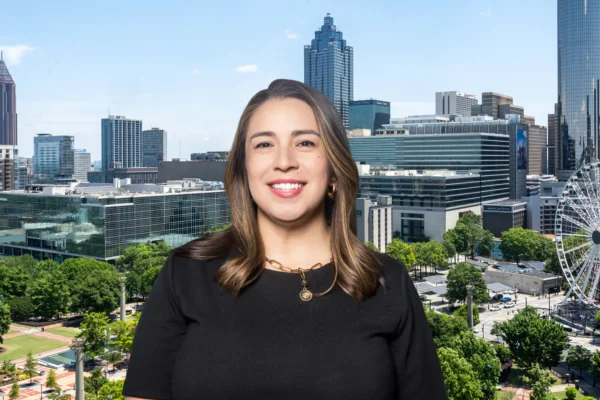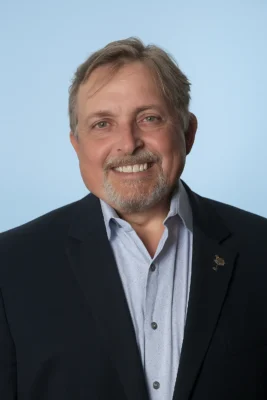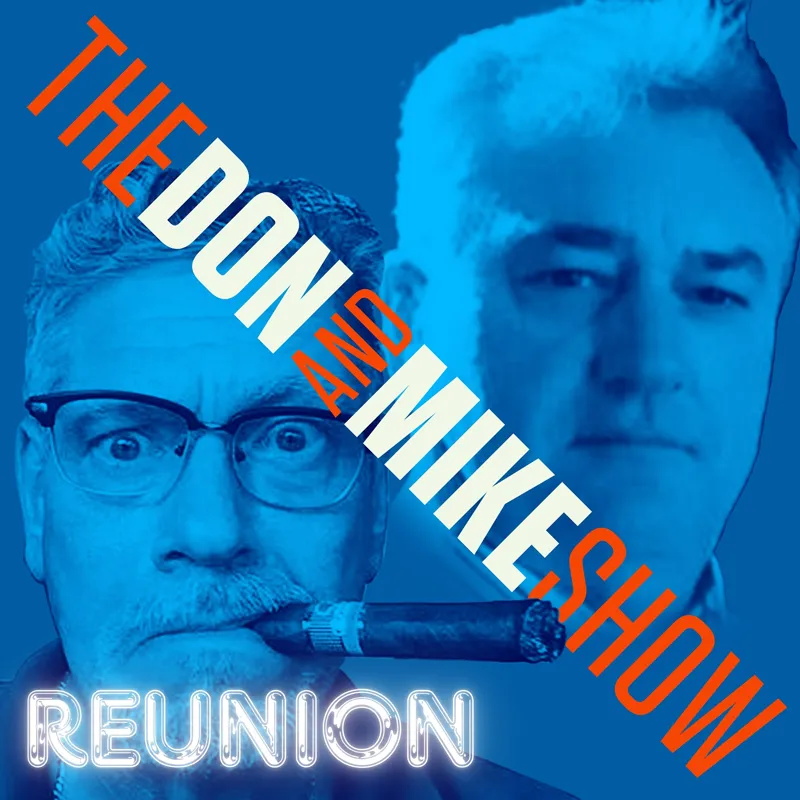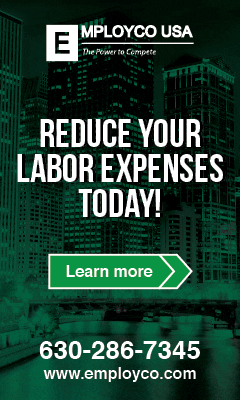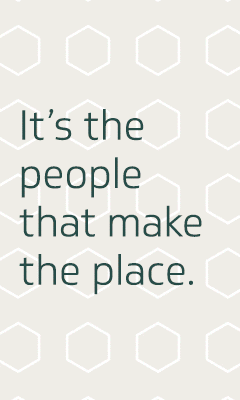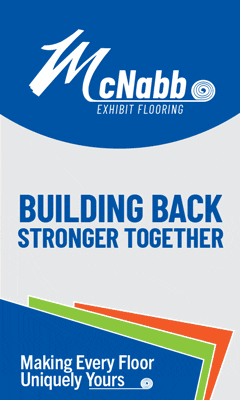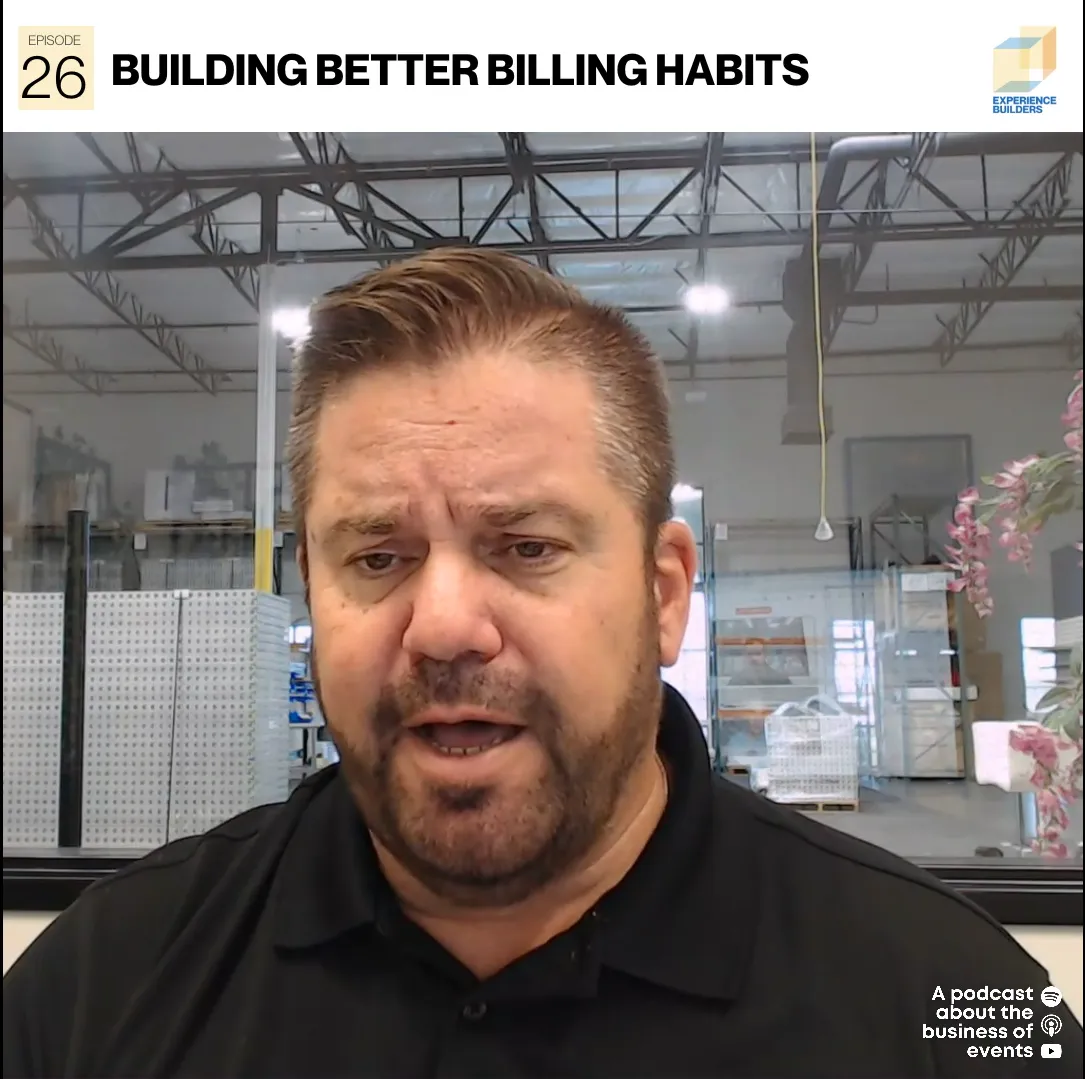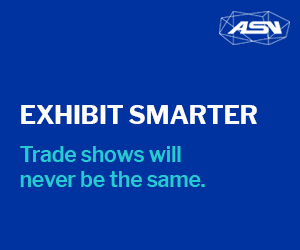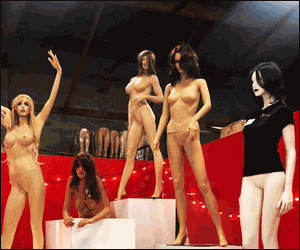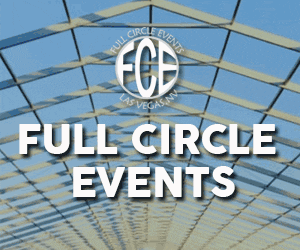We’re Not Just I&D Anymore
Long before the cameras roll or the crowd arrives, there’s work to do. Crews measure twice and cut once. Rigging is checked, power tested, and freight sorted. For generations, installation and dismantle professionals (I&D) have done the heavy lift: setting up, tearing down, and keeping out of frame. Today, that same precision is showing up somewhere new. From the pit lanes of Formula 1 to the main stage at MSG Sphere, union labor is building more than booths. They’re building the backbone of modern live entertainment.
When Ben Hague discusses the evolution of union labor, he doesn’t begin with tradeshows. He starts with standards. Hague is a member of IATSE and vice president of the Entertainment Services and Technology Association (ESTA). “ESTA’s Technical Standards Program (TSP) has working groups for Control Protocols, Electrical Power, Event Safety, Floors, Fog & Smoke, Follow Spot Positions, Mental Health, Photometrics, Rigging, Stage Machinery, and Weapons Safety,” Hague explains. “Each of these groups develops industry standards that become accredited by the American National Standards Institute (ANSI).”
That commitment to professionalization is helping union crews expand far beyond their roots. Hague points to the Entertainment Technician Certification Program (ETCP) as one example of how union professionals stay competitive in multiple markets. “This program includes certifications for Arena Rigging, Theatre Rigging, Entertainment Electricians, and Portable Power,” he says. “Some states and municipalities have even adopted regulations that require ETCP certifications in certain scenarios.”
In Las Vegas, those skills are in demand across the city’s highest-profile venues. “We started 85 years ago, when there weren’t any tradeshows in town,” says Phil Jaynes, president of IATSE Local 720. “When tradeshows arrived, we used our skills to move into that area of work. So, the title of your feature doesn’t really apply to us because we have never just been tradeshow workers.” Today, Local 720 represents entertainment workers across live events, film and television, wardrobe, hair and makeup, and projection and AV. Since 2020, Jaynes says, the opening of venues like MSG Sphere, Allegiant Stadium, Caesars Forum, Resorts World, Fontainebleau, and Durango, along with the arrival of Formula 1, has dramatically increased demand.
That workload has also stretched what it means to be an I&D professional. “We have a lot of members that are proficient in a lot of different skills,” Jaynes says. “Their skills easily transfer to live events big or small. Most of our members are not tied to one facility or one job classification. They regularly take their skills to where the work is needed.” One week, a crew member might hang motors at the Las Vegas Convention Center. The next, they’re loading in a concert at Allegiant Stadium.
For those outside the industry, it’s easy to underestimate what goes into a live event—or who’s making it happen. Jaynes says one of the biggest misconceptions about union labor is how much time crews spend training and staying safe. “Every single event we do, our members make a critical impact,” he says. “For without us, there is no event.” That confidence comes from more than pride. It’s built on hundreds of hours of hands-on training, safety certifications, and real-world experience.
The idea that union labor is only about pushing crates and rolling carpet doesn’t hold up in today’s event landscape. Hague says IATSE locals are already preparing for the 2026 FIFA World Cup and the 2028 Summer Olympics. From massive global productions to one-off corporate activations, union crews are doing more—and being asked to prove more—than ever before. That’s where certifications like OSHA 10 and OSHA 30 come in, along with the highly specialized ETCP credentials. “These are widely used and recommended,” Hague notes, “and they help ensure safety and reliability across all types of events.”
Even as the scope of work expands, many labor professionals still trace their roots back to tradeshows. The install-teardown rhythm is familiar, and in many ways, foundational. “We’re focused on trends that truly impact the future of our members,” says Katie Jang, editor of Protocol, ESTA’s official publication. “Sustainability, accessibility, and the growing role of AI are at the forefront.” She says one of the most promising shifts is how member-driven content is shaping the narrative. “We want both emerging professionals and industry veterans to find value in every issue,” she says. “That means reflecting what matters most to the crews who are doing the work.”
That sense of ownership over skills, schedules, and storytelling has helped union workers define their value beyond job descriptions. Jaynes sees it clearly in his members: people who move between roles, pivot between venues, and step into whatever space the show demands. “The more skills they have, the more opportunities for work they have available to them,” he says. It’s a model built not just on mobility, but on mastery.
While certifications and technical skills help define the profession, it’s real-world adaptability that sets these crews apart. Hague notes that crossover between sectors isn’t new, but the pace and visibility have increased. A rigger trained in tradeshows might find themselves building stage effects at a music festival or wiring power for a televised award show. “Many IATSE local unions existed long before the tradeshow industry became commonplace,” he says. “And to this day, they represent workers across all sectors of the entertainment industry.”
That cross-sector expertise shows up in subtle but critical moments. One Local 720 member might handle rigging at a medical conference for one week and then load in AV for a high-stakes product launch the next. The environments change, but the discipline does not. Jaynes notes that most members are not tied to one job or venue. They bring a wide range of skills and follow the work where it is needed. That flexibility opens up more opportunities and helps crews meet the demands of any show, big or small.
This adaptability also challenges outdated ideas about who belongs in which parts of the industry. Jang says her editorial team at Protocol is working to spotlight labor voices that often go unheard, especially in conversations about innovation. “Our efforts toward inclusivity and member-driven content have led to more organic article submissions,” she says. “That tells us people are ready to talk about what really matters—not just what looks good in a press release.”
What’s clear at every level, whether it’s a project safety lead, a projectionist, or someone rolling cable at sunrise, is that the I&D mindset still holds. Measure twice. Cut once. Be ready before anyone else walks in. These aren’t just habits; they are values. As union labor continues to shape what modern events look like, it’s those values that are carrying the industry forward.
They were never just I&D. The industry is finally catching up to that fact. The same hands that once rolled carpet and rigged booth lights are now building immersive concert sets, wiring broadcast systems, and preparing the infrastructure for global spectacles. Their value doesn’t lie in where they show up; it’s in how they show up: trained, tested, and ready before the doors open. Whether it’s a tradeshow floor or a Formula 1 race weekend, the work doesn’t begin when the crowd arrives. It begins with the crew—and it always has.
This story originally appeared as a truncated version in the Q4 2025 issue of Exhibit City News, p. 66. For original layout, visit https://issuu.com/exhibitcitynews/docs/exhibit_city_news_-_oct_nov_dec_2025/66.



